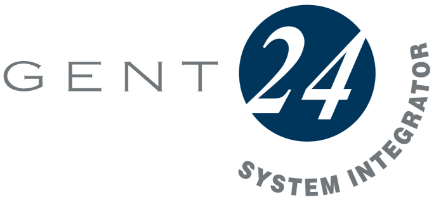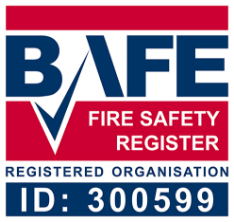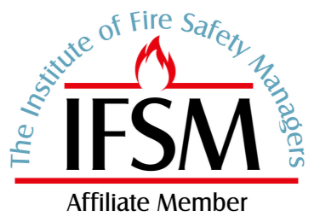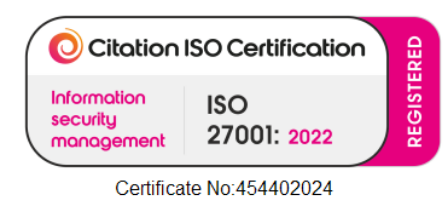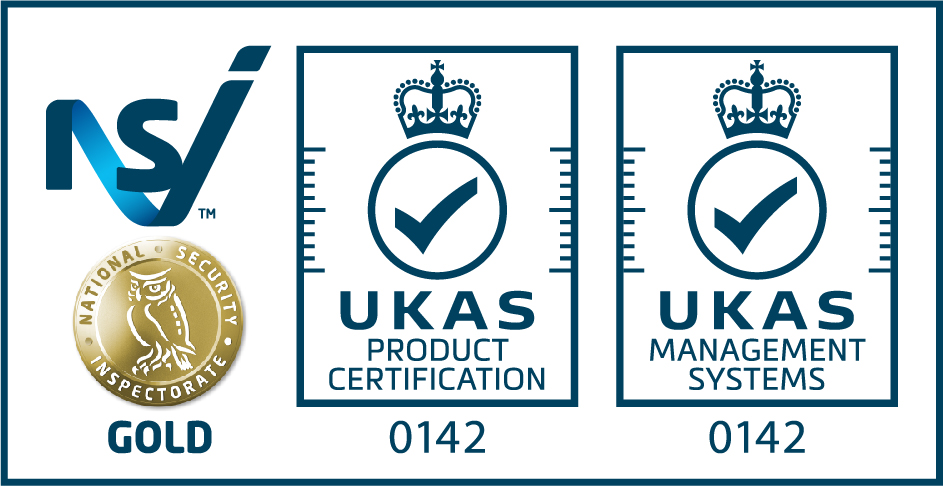In 2025, the importance of fire protection installations has never been clearer as technology, regulations, and workplace risks continue to evolve at pace. Fire incidents are on the rise, and businesses that fail to comply with the latest standards face severe financial and reputational damage.
New technologies, smarter systems, and updated legal requirements are transforming how organisations approach fire safety. Robust fire protection installations are now essential for safeguarding people, ensuring compliance, and protecting business continuity.
This essential guide will help you navigate the latest regulations, explore different installation types, understand step-by-step processes, review key technologies, and maintain ongoing protection.
The Evolving Landscape of Fire Protection in 2025
The world of fire protection installations is experiencing rapid change in 2025. With new legislation, shifting risks, and advanced technology, businesses must adapt to stay compliant and protect their people and assets. Understanding these evolving factors is essential for effective fire protection installations and long-term business resilience.
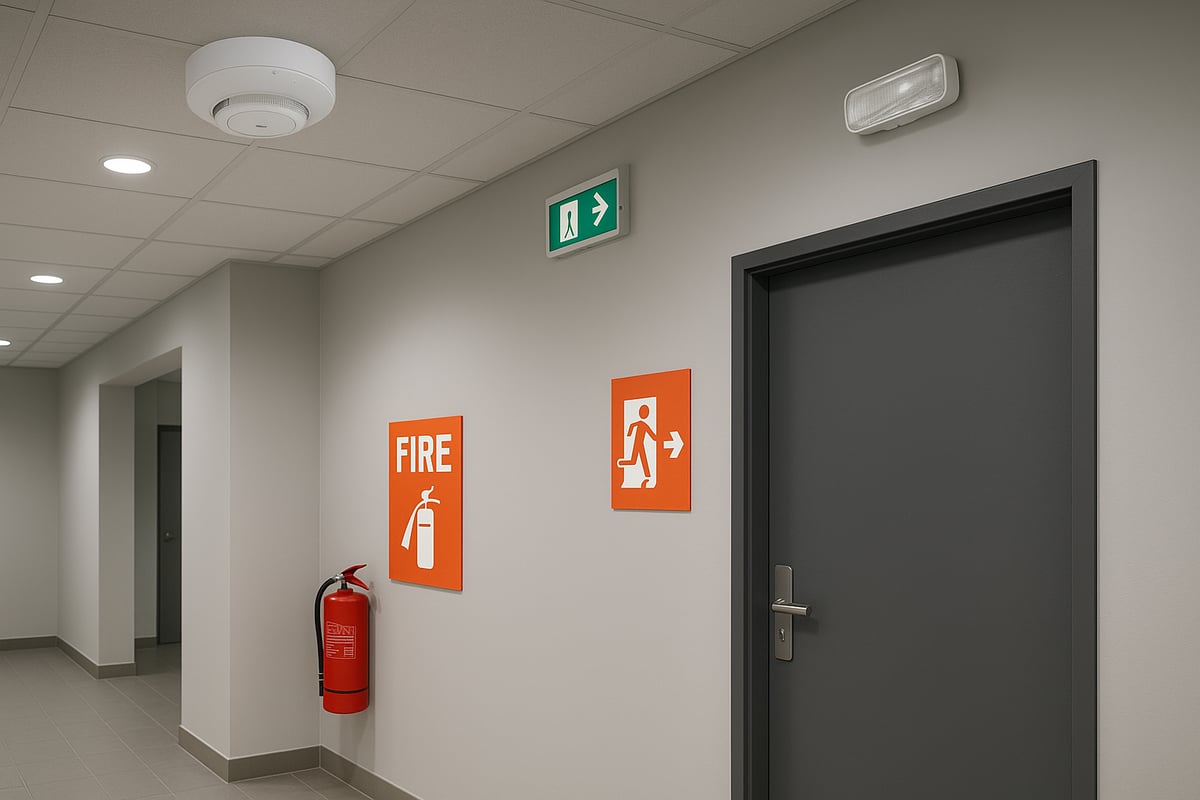
Regulatory Changes and Compliance Updates
2025 brings significant updates to UK and EU fire safety regulations. The Building Safety Act and Fire Safety Order have introduced stricter requirements for commercial properties. New deadlines for compliance are in place, targeting improved installation standards and documentation.
The Grenfell Tower Inquiry continues to shape policy, with its recommendations now embedded in national guidance. Property managers and facility owners face new obligations, including enhanced evacuation plans and regular system reviews. Recent prosecutions highlight the risks of ignoring these rules, with hefty fines and criminal charges for non-compliance.
In 2024, enforcement actions for fire safety breaches rose by 18 percent. This sharp increase underlines the legal and financial consequences of neglecting fire protection installations. For a comprehensive overview of regulatory changes, refer to the 2025 UK fire safety regulation updates.
Emerging Fire Risks and Business Impacts
Modern building materials and open-plan layouts have changed the way fires behave, increasing potential risks. The rise of lithium-ion battery use in offices, warehouses, and logistics centres has led to a spike in battery-related fires. Hybrid working patterns and vacant premises have also shifted risk profiles, leaving some sites more vulnerable to undetected incidents.
Recent data from 2023 and 2024 show a noticeable increase in warehouse and office fire incidents. These events often result in business interruption, lost revenue, and higher insurance premiums. Regular fire risk assessments are now more important than ever to ensure fire protection installations address current hazards and adapt to changing occupancy patterns.
Industry Trends and Innovations
The fire protection installations sector is embracing new technology and sustainable solutions. Smart fire detection systems, powered by IoT, are now common in commercial buildings. These systems offer real-time monitoring, remote diagnostics, and predictive maintenance, helping businesses respond faster and reduce false alarms.
Integration with security and building management platforms is also on the rise, providing seamless control of fire and safety functions. Demand for eco-friendly suppression systems, such as water mist and inert gas, is increasing as companies seek to minimise environmental impact.
Wireless alarm adoption rates are climbing, especially in new builds where flexibility and scalability are crucial. The UK fire protection industry is projected to reach a market value of £2.3 billion in 2025. Data analytics and remote monitoring are becoming standard, enabling proactive management of fire protection installations and meeting evolving insurer and stakeholder expectations.
Types of Fire Protection Installations Explained
Understanding the different types of fire protection installations is essential for creating a safe and compliant environment in 2025. As risks and regulations evolve, selecting the correct installation type has never been more important for businesses and property managers. For a more detailed overview, see the Types of Fire Systems Explained guide.
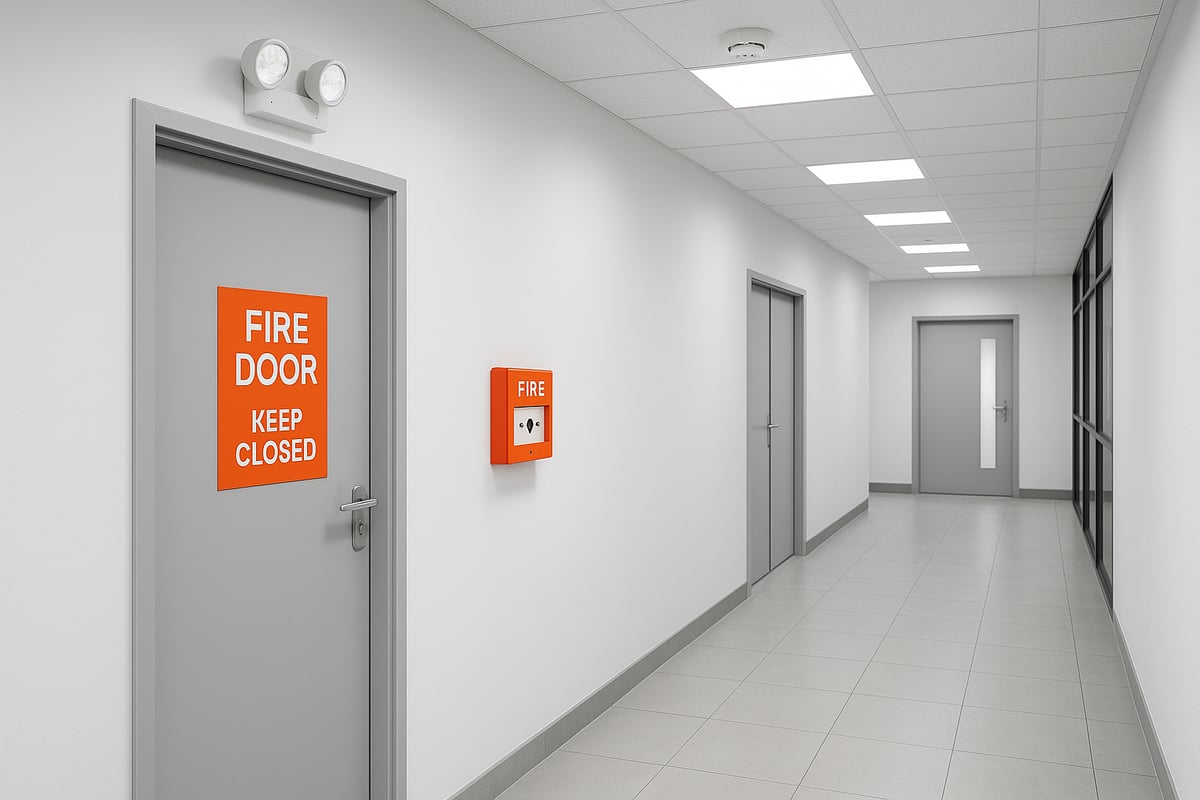
Passive Fire Protection Systems
Passive fire protection installations are designed to compartmentalise fires and contain smoke, limiting the spread throughout a building. These systems include fire-resistant doors, walls, floors, and ceilings, all constructed to withstand fire for a specified period. Intumescent materials are often used in high-rise buildings, expanding when exposed to heat to seal gaps and penetrations.
Key components:
- Fire doors with certified ratings
- Firestopping around service penetrations
- Fire-resisting partitions and ceilings
All passive fire protection installations must comply with standards such as BS 476 and EN 1366. Regular inspections are required to ensure ongoing effectiveness, with intervals set by building regulations. Proper maintenance ensures these systems perform as intended during an emergency.
Active Fire Protection Systems
Active fire protection installations involve systems that detect, alert, or suppress fires in real time. These include fire alarm systems such as conventional, addressable, and wireless alarms, as well as suppression solutions like sprinklers, gas suppression, and water mist systems.
For example, sprinklers can reduce fire fatalities in UK commercial premises by up to 88 percent. Emergency lighting and evacuation alert systems are also vital, guiding occupants to safety.
All active fire protection installations must meet BS 5839 for alarms and BS 5306 for suppression. Routine testing and servicing are crucial to maintain readiness and compliance, protecting both people and assets.
Detection and Alarm Technologies
Detection and alarm technologies are the brains of modern fire protection installations, identifying and signalling the presence of fire or smoke. Systems include smoke, heat, and advanced multi-sensor detectors, each tailored for specific risk profiles.
Addressable alarm systems allow pinpoint identification of incidents, while non-addressable systems offer basic coverage. Integration with building management platforms enables remote monitoring and rapid response. Aspirating smoke detection is increasingly standard in data centres for early warning.
Recent innovations in fire protection installations feature AI-powered detection and wireless mesh networks, which improve reliability and reduce false alarms. Keeping pace with technology is vital for optimal protection.
Specialised Systems for High-Risk Environments
Specialised fire protection installations are essential for environments with unique hazards, such as server rooms, commercial kitchens, and industrial sites. Gas-based suppression systems like CO2 or FM-200, as well as water mist solutions, address risks where traditional sprinklers may not be suitable.
Disabled refuge and emergency communication systems provide safe evacuation options for vulnerable occupants. In lithium-ion battery storage facilities, advanced suppression technologies are tailored to handle the specific fire risks.
Compliance with regulatory standards is mandatory for these fire protection installations, especially in hazardous sites. Regular testing and expert consultation ensure these systems remain effective and up-to-date.
Step-by-Step Guide to Fire Protection Installation
Navigating fire protection installations in 2025 requires a structured approach, combining regulatory compliance with the latest technology. Each stage is essential for safeguarding people, assets, and business continuity. Below, we break down the process into five clear steps.
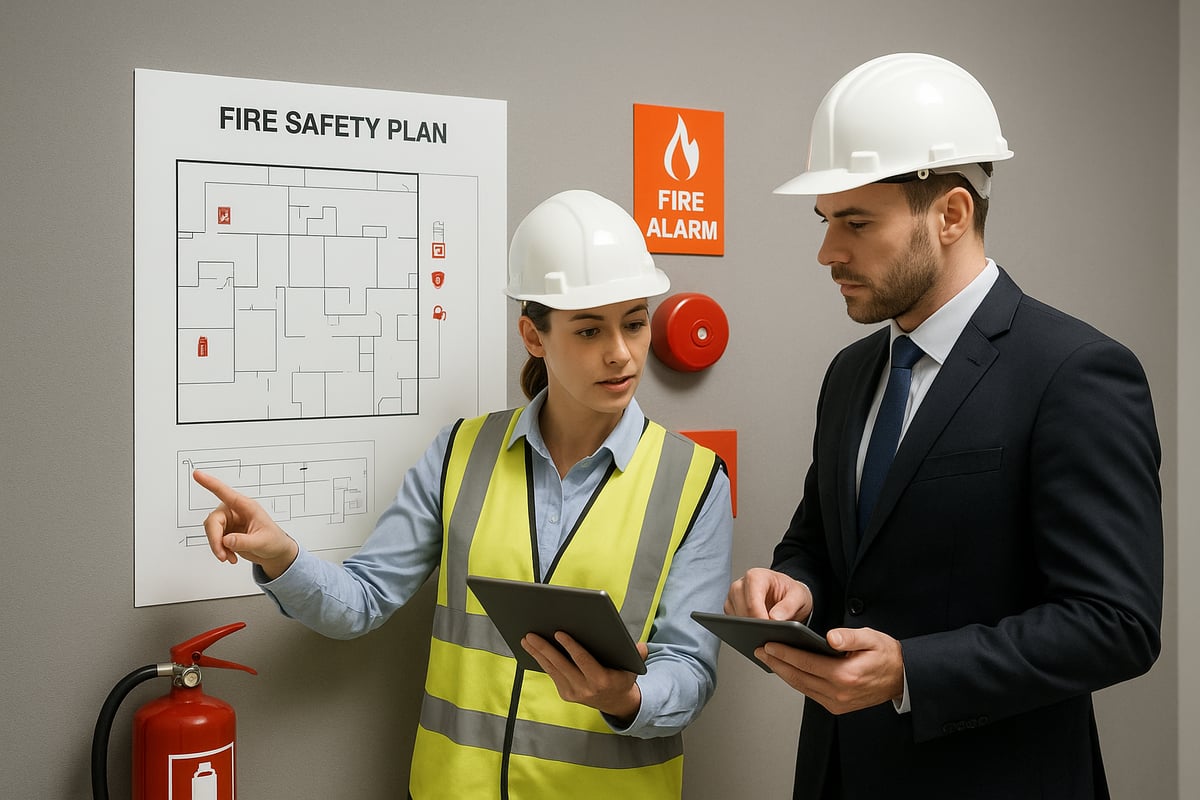
Step 1: Fire Risk Assessment and Site Survey
A comprehensive fire risk assessment is the legal foundation of all fire protection installations. This process identifies hazards, evaluates occupancy types, and highlights vulnerable zones. Common oversights, such as neglecting shared spaces in multi-use buildings, can lead to costly gaps in protection.
Recent data reveals that 67% of UK businesses in 2024 discovered shortcomings in their initial risk assessments. Proper documentation and regular reviews are vital for ongoing compliance. For detailed guidance on this critical first step, see the Fire Risk Assessment Guidance.
Step 2: System Design and Specification
The next phase involves tailoring fire protection installations to the specific needs of your premises. System design should reflect identified risks, building use, and future scalability. Collaboration with architects, engineers, and fire safety consultants is essential, especially for listed or historic buildings where standard solutions may not suffice.
Designs must accommodate changes in layout, occupancy, and technology. Future-proofing ensures systems adapt to evolving regulations and business growth.
Step 3: Product Selection and Sourcing
Choosing the right products is crucial for reliable fire protection installations. Always select certified equipment, such as BAFE, LPCB, or CE marked components. Assess suppliers for reputation and warranty support.
Recent incidents, like recalls of non-compliant fire alarm components, underscore the importance of product certification. Prioritise quality and compliance to avoid unnecessary risk.
Step 4: Professional Installation Process
Installation should be carried out by certified professionals, such as those accredited by NICEIC, BAFE, or NSI Gold. Minimising disruption to business operations is key, often achieved through phased works or out-of-hours scheduling.
Coordination with other trades during fit-outs prevents delays and ensures seamless integration. In occupied office complexes, phased installation allows for continued business activity while maintaining safety. All work must be fully documented and systems commissioned before handover.
Step 5: Testing, Handover, and Staff Training
Thorough testing is mandatory to confirm that fire protection installations operate as designed. This includes both cause-and-effect and integration checks. Comprehensive handover documentation and user manuals are provided on completion.
Staff must receive fire safety training, including evacuation drills, to ensure user competency. Common issues at this stage include overlooked training or incomplete documentation, both of which can compromise safety and compliance. Regular refresher sessions help maintain high standards.
Key Technologies Shaping Fire Protection in 2025
The landscape of fire protection installations in 2025 is defined by rapid advancements in technology and integration. Businesses must stay ahead by adopting solutions that not only meet compliance but also enhance safety, efficiency, and operational resilience.
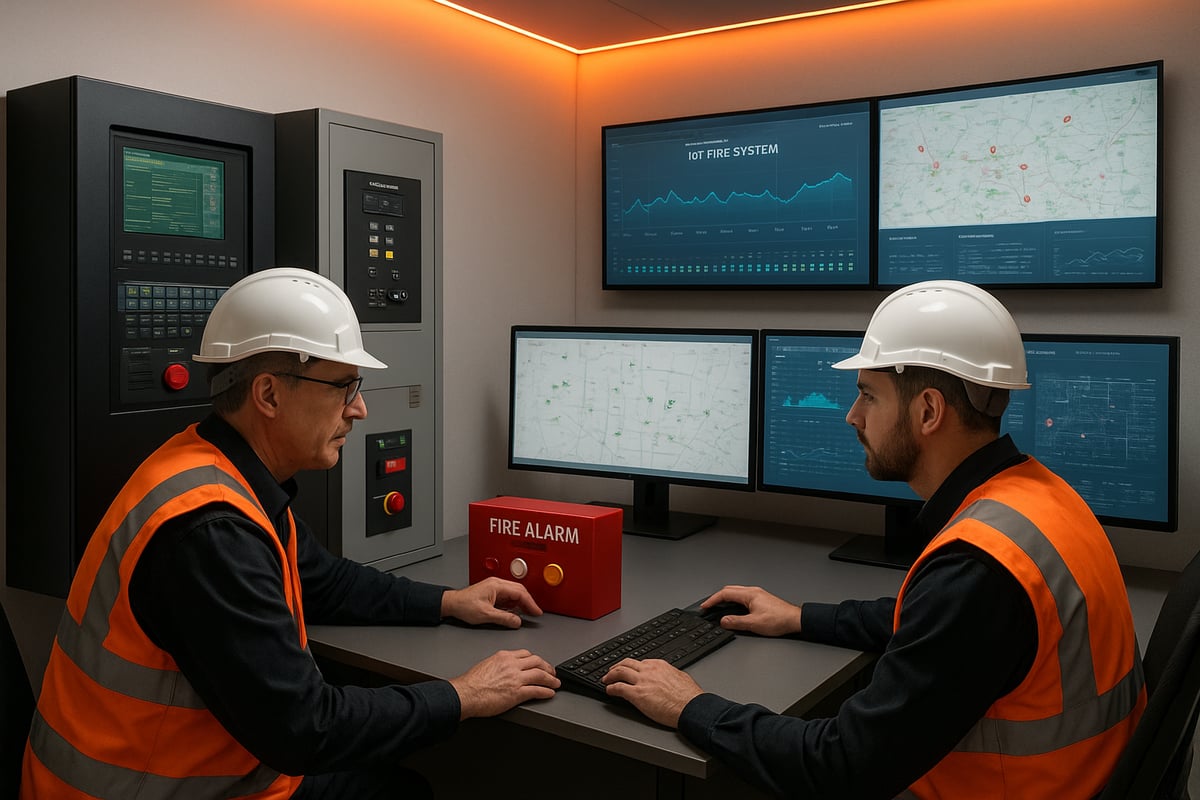
Smart Detection and IoT Integration
Smart detection is transforming fire protection installations by providing real-time data and remote diagnostics. Modern systems use IoT connectivity to monitor and report on every sensor, detector, and alarm. Predictive maintenance features allow faults to be identified before they cause disruption.
This technology reduces false alarms and enables rapid emergency response. For example, IoT-enabled fire alarms have been shown to cut response times by 25 percent in commercial settings. Adoption rates are rising as more businesses seek smarter fire protection installations that support compliance and reduce risk.
To learn more about advanced detection options, see Fire Alarm System Installation.
Advanced Suppression Systems
The next generation of suppression systems is a cornerstone of effective fire protection installations. Water mist, inert gas, and hybrid systems are increasingly chosen for their efficiency and minimal water damage. Eco-friendly agents are now prioritised to protect both assets and the environment.
A key example is the use of water mist in museums and heritage sites, where traditional sprinklers could cause costly damage. All systems must comply with BS EN 15004 and BS 8489 to ensure performance and safety.
Discover more about these solutions at Fire Suppression System Solutions.
Integration with Security and Building Management Systems
Unified platforms are now central to fire protection installations, merging fire, security, and access control into a single system. Automation enables seamless responses such as lift recall or controlled door release during emergencies.
In large-scale logistics hubs, integrated systems simplify management and improve safety outcomes. Facilities managers and insurers increasingly expect fire protection installations to connect with building management for enhanced oversight and compliance.
This approach streamlines operations and ensures a coordinated response to incidents.
Remote Monitoring and Predictive Analytics
Remote monitoring is a vital evolution for fire protection installations, offering 24/7 oversight from offsite locations. AI-driven predictive analytics can detect trends, schedule maintenance, and minimise the risk of system failures.
With predictive analytics, businesses have reported a 30 percent reduction in unplanned outages. This technology ensures fire protection installations remain reliable, compliant, and responsive to emerging risks.
Investing in these innovations is essential for safeguarding people and property in 2025.
Maintenance and Compliance: Ensuring Ongoing Protection
Staying compliant and maintaining your fire protection installations is not just a legal obligation but a critical part of safeguarding lives and assets. In 2025, the regulatory landscape is stricter than ever, and the risks of neglecting maintenance can be severe. Proactive management ensures your systems operate optimally, helping you avoid costly penalties and keep everyone safe.
Legal Responsibilities and Inspection Schedules
All businesses must adhere to statutory inspection intervals for fire protection installations. This includes weekly, monthly, and annual checks, with every inspection meticulously logged. Documentation, such as fire safety logbooks and certificates, is necessary for demonstrating compliance during audits.
The ‘Responsible Person’ under UK law is accountable for ensuring systems remain in working order. New rules, such as those set out in the Fire Safety (Residential Evacuation Plans) Regulations 2025, place greater emphasis on evacuation planning and regular review. Fines for missed maintenance deadlines have risen, with recent case studies showing significant penalties for non-compliance. Staying current with inspection schedules and legislation is essential for all fire protection installations.
Preventative Maintenance and Servicing
Routine servicing is the backbone of reliable fire protection installations. Regular checks help prevent system failure and reduce the risk of false alarms. Maintenance tasks typically include:
- Testing alarms and detectors
- Inspecting extinguishers and suppression systems
- Checking emergency lighting and evacuation alerts
Home Office data reveals that 15% of fire alarm failures are due to lack of maintenance. Only accredited providers should handle servicing, as they ensure compliance and use approved parts. Preventative maintenance not only extends the lifespan of your fire protection installations but also minimises operational interruptions.
Common Pitfalls and How to Avoid Them
Neglecting passive fire protection installations, using outdated equipment, and failing to update staff training can all lead to major losses. Recent incidents illustrate the consequences of poor maintenance, from invalidated insurance to severe business disruption.
To avoid these pitfalls:
- Schedule regular inspections for all systems
- Update equipment as standards evolve
- Train staff on emergency procedures and system use
A robust maintenance regime is vital for effective fire protection installations. Keeping up to date with regulations and best practices helps prevent costly mistakes.
The Role of Professional Partners
Specialist fire protection companies play a key role in ensuring your fire protection installations remain compliant and effective. Their expertise leads to higher compliance rates and peace of mind for business owners.
By partnering with professionals, you benefit from tailored advice, comprehensive maintenance, and prompt response to emerging risks. Investing in external support is a smart step towards safeguarding your premises and people.
As we’ve explored, staying ahead of new regulations and leveraging the latest fire protection technologies is crucial for keeping your business safe and compliant in 2025. If you want to take the next step towards safeguarding your premises, there’s real value in getting expert advice tailored to your building and operations. A professional site survey can identify hidden risks and help you make informed decisions about your fire protection strategy. If you’re ready to start, why not Get a Free Site Survey? You’ll gain peace of mind knowing you’re building a safer, more resilient future.


